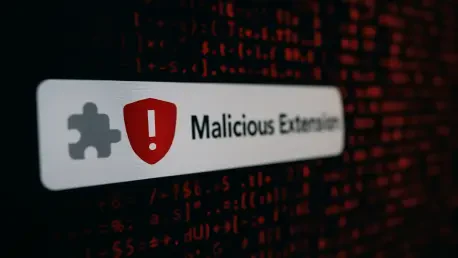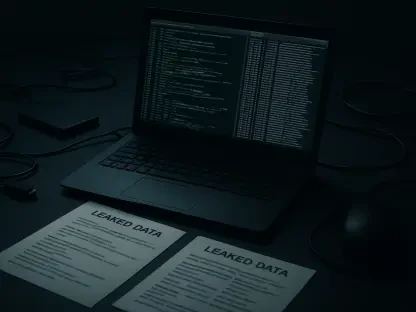Could a simple code editor extension compromise your digital fortune? This daunting question became a startling reality when a Russian developer discovered a malicious tool embedded within an everyday coding environment, leading to the theft of $500,000 in cryptocurrency. This incident underscores the dangers lurking within seemingly harmless software extensions and reminds developers of the ever-present risks in digital environments.
The Expanding Threat Landscape
In today’s digital landscape, where cryptocurrency continues to gain prominence, the importance of security has reached unprecedented heights. The reliance on open-source tools such as code editors has introduced a new set of vulnerabilities. These tools, while beneficial, can become unwitting accomplices in security breaches. Millions worldwide use such applications, highlighting the need for increased vigilance and stringent security measures to protect sensitive assets like cryptocurrency.
Unmasking the Malware
The breach centered on the Cursor AI Integrated Development Environment (IDE), closely tied to Microsoft’s Visual Studio Code. Kaspersky’s investigation revealed that an extension masquerading as a valid tool was at the heart of the issue. Within the compromised system’s .cursor/extensions directory was a malicious JavaScript file named extension.js, pretending to be a “Solidity Language” extension for Ethereum smart contracts. Hidden within was a PowerShell script capable of downloading malware, including Quasar RAT and PureLogs stealer, from unauthorized hosts. This incident paints a clear picture of how easily legitimate software can be weaponized, highlighting the craftiness of cyber threats.
Expert Insights and Lessons Learned
Echoing Kaspersky’s findings, cybersecurity experts have raised alarms over manipulated download counts, exploiting trust-based systems. With similar incidents plaguing software markets before, the digital community recognizes the repeated pattern of vulnerability. A victim described a profound sense of violation, underscoring how such breaches impact individuals beyond monetary loss. The consistency in these attacks stresses the necessity for rigorous scrutiny and verification processes within software ecosystems.
Vigilance: A Developer’s Shield
Developers must adopt robust strategies to authenticate extensions. A recommended approach involves in-depth reviews and checks on extension sources before their incorporation. Establishing a framework for secure downloading practices is crucial to mitigating risks associated with open-source environments. Additionally, employing tools for continuous security assessments can offer protection against potential threats lingering in software development processes. By diligently applying these precautions, developers can fortify their systems against malicious incursions.
Reflections and Path Forward
The revelation of this digital heist left a lasting mark on the cybersecurity sphere. As the digital world continues evolving, marred by sophisticated threats, proactive measures are essential. The incident is a pivotal reminder for developers to maintain prudence and adopt comprehensive security protocols. Future endeavors must focus on strengthening verification procedures, enhancing awareness, and prioritizing securely integrating trusted tools in development environments to safeguard against emerging threats in an increasingly interconnected world.









